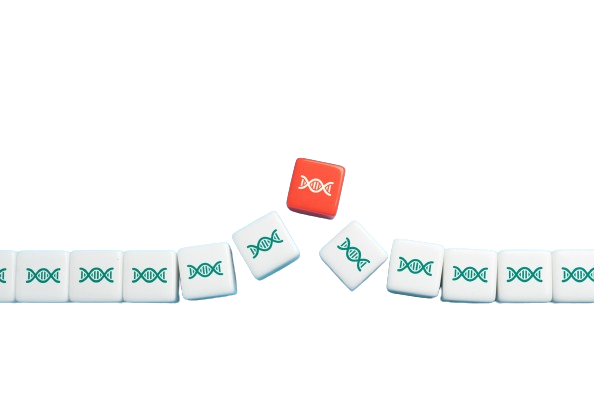The SBTi has approved Fagron’s near-term science-based emissions reduction target.
In September 2022, we committed to set science-based emission reduction targets and have these validated by the Science Based Targets initiative (SBTi) to meet the goals of the Paris Agreement of limiting global warming to 1.5°C. As part of our commitment to the SBTi, we submitted greenhouse gas emissions reduction targets for Scope 1, 2 and 3 emissions in line with the SBTi’s criteria for validation.
In October 2023, after validation, the SBTi approved our near-term emission reduction target. The targets Fagron commits itself to and that have now been approved are:
- Reduce absolute scope 1 and 2 greenhouse gas emissions 42% by 2030 from a 2021 base year.
- Reduce absolute scope 3 greenhouse gas emissions from fuel and energy related activities, upstream transportation and distribution, waste generated in operations, business travel, employee commuting, downstream transportation and distribution and end of life treatment of sold products 25% within the same timeframe.
- 60% of our suppliers by emissions covering purchased goods and services, will have science-based targets by 2027.

What are science-based targets?
The Science Based Targets initiative (SBTi) is a global body enabling companies to set ambitious emissions reductions targets in line with the latest climate science. It is focused on accelerating companies across the world to halve greenhouse gas emissions before 2023 and achieve net-zero emissions before 2050.
The SBTi is a collaboration between CDP, the United Nations Global Compact, World Resources Institute (WRI) and the World Wide Fund for Nature (WWF). The SBTi defines and promotes best practice in science-based target setting and independently assesses companies’ targets.
What targets have been approved?
The SBTi approved our near-term emission reduction target. This means that we have set targets to reach in the short-term (latest 2030), that will help to limit global warming to 1.5°C.
The official approved target consists of 3 parts:
- A target for our scope 1 and 2 emissions
- A target for the emissions from purchased goods and services (part of scope)
- A target for other scope 3 emissions

Image credits: Image from South pole website
Target for scope 1 and 2
Fagron commits to reduce absolute scope 1 and 2 greenhouse gas emissions with 42% by 2030 compared to our 2021 emissions.
Scope 1 emissions are all greenhouse gas emissions from burning fossil fuels in a facility or vehicle. For Fagron, this means primarily emissions from natural gas use for heating in our facilities and petrol and diesel used in our (lease) cars. Scope 2 emissions are all greenhouse gas emissions from the energy that we purchase. For Fagron, these are emissions from the “chimney” at the electricity company where we buy our electricity.
Target for emissions from purchased goods and services (part of scope 3)
Fagron commits to ensure that 60% (by emissions) of our suppliers of goods and services set science-based targets by 2027. This means that these suppliers will set targets in line with limiting global warming to 1.5°C for their scope 1 and 2 emissions.
Scope 3 emissions are all other greenhouse gas emissions in the value chain of our business. This includes emissions at suppliers during the production of products and services that we purchase and other “Scope 3 categories” shown in the image.
Target for other scope 3 emissions
Fagron commits to reduce absolute scope 3 greenhouse gas emissions with 25% by 2030 compared to our 2021 emissions for the following scope 3 categories:
- Business travel (Category 6)
- Distribution from our suppliers to us, and from us to our clients (Category 4 and 9)
- Employee commuting (Category 7)
- End-of-life treatment of our products. This waste treatment of the waste generated at end-users our products (Category 12)
- Fuel- and energy-related emissions that are not already included in Scope 2 (Category 3)
- Waste treatment of the waste we generate in our operations (Category 5)
What are the next steps?
Now we need to realize these reductions. We have developed a broad action plan on how to achieve these targets. We will publish more information and give some updates in our 2023 annual report and via our website.
Follow our ESG journey
We try to ensure our goals are met and want to be transparent about our results and activities. We are always interested in hearing about ESG initiatives at other companies and organizations. If you have any questions or suggestions on what we could do to improve, you can reach us at ESG@fagron.com.





